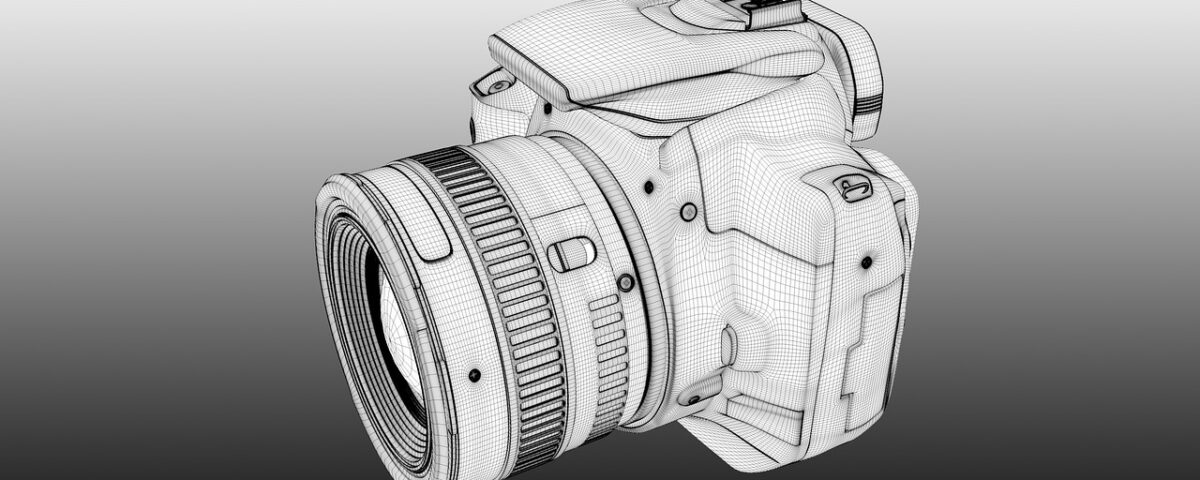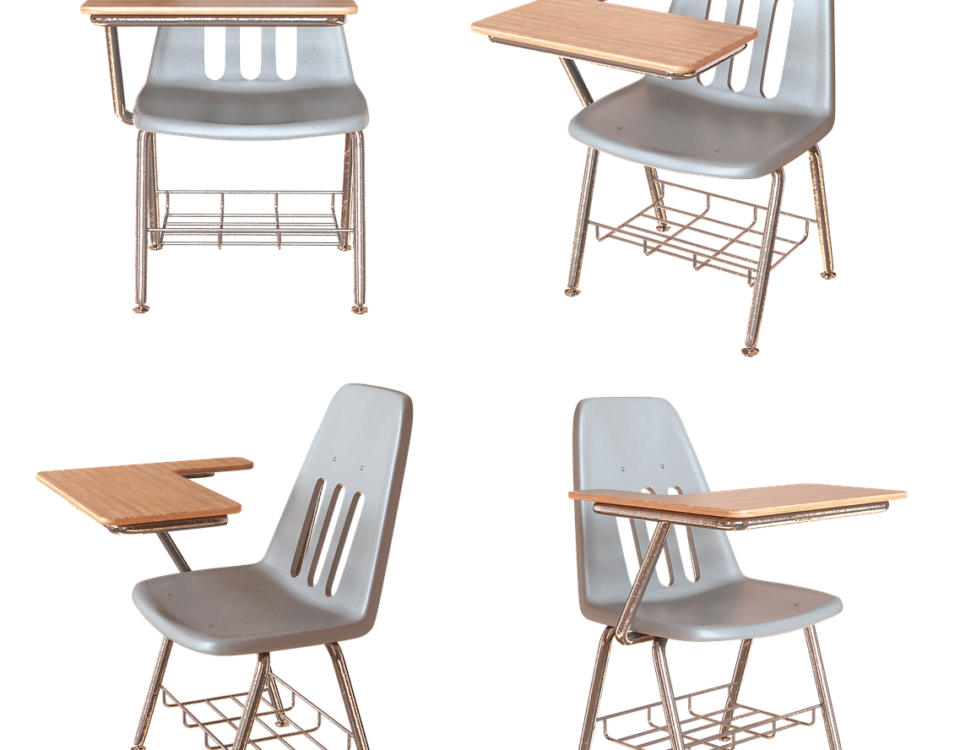Surface Coating in Post-Processing of Layered Solid Manufacturing

Measures to Improve the Accuracy of Layered Solid Prototyping
February 13, 2025
New Layered Solid Rapid Prototyping Method
February 13, 2025After the removal of excess material from a Layered Object Manufacturing (LOM) prototype, surface coating treatment is often necessary to enhance the prototype’s performance and facilitate surface polishing. This post-processing step offers several key benefits that improve the quality and longevity of the prototype. The importance of surface coating in LOM prototyping is significant, especially for improving strength, heat resistance, and moisture resistance, among other properties.
Benefits of Surface Coating for LOM Prototypes
- Increased Strength
Surface coating helps improve the structural integrity of the prototype, making it stronger and more resilient to external forces. - Enhanced Heat Resistance
The coating process enhances the heat resistance of the prototype, allowing it to withstand higher temperatures without deforming or deteriorating. - Improved Moisture Resistance
One of the most critical challenges in LOM prototyping is moisture sensitivity. The paper-based materials used in LOM are highly susceptible to moisture absorption, leading to dimensional changes in the Z-axis. This can cause the layers to separate. Surface coating helps seal the prototype, significantly improving its resistance to moisture and preventing expansion or detachment. - Extended Prototype Lifespan
Proper surface coating not only improves the prototype’s physical properties but also helps prolong its operational lifespan. The treatment protects against wear and tear, reducing the frequency of maintenance or replacements. - Easier Surface Finishing
Coated prototypes are easier to polish and finish, allowing for smoother, cleaner surfaces suitable for functional testing and assembly. - Improved Performance for Assembly and Testing
After surface coating, the prototype is better equipped for assembly and functional testing. The enhanced durability and precision make it more reliable in real-world applications.
Moisture Sensitivity and the Importance of Rapid Sealing
The most notable disadvantage of paper-based materials in LOM is their extreme sensitivity to humidity. When exposed to moisture, the LOM prototype’s layered structure may expand, resulting in significant dimensional changes. In severe cases, the layers may even detach from one another. To prevent these issues, it is crucial to apply a sealing treatment shortly after the prototype has been removed from the printing process.
Surface coating effectively creates a moisture-resistant barrier that prevents the prototype from absorbing water and undergoing undesirable changes in size and shape. This sealing treatment ensures the prototype remains stable and functional over time, even in varying environmental conditions.
Materials Used for Surface Coating
The materials commonly used for surface coating in LOM prototyping are typically two-part epoxy resins, such as TCC630 and TCC115N hardeners. These materials are known for their excellent bonding properties and ability to enhance the prototype’s durability and moisture resistance.
Surface Coating Process for LOM Prototypes
The process of surface coating involves several steps, each aimed at ensuring the prototype is properly treated for optimal performance:
- Surface Preparation
Start by gently sanding the surface of the prototype using sandpaper. This helps create a smooth, even surface for the coating material to adhere to. - Mixing the Epoxy Resin
Mix the two components of the epoxy resin in the correct proportions (typically 100 parts of TCC630 to 20 parts of TCC115N). Stir the mixture thoroughly to ensure a uniform consistency. - First Layer of Coating
Apply a thin layer of the mixed epoxy resin to the surface of the prototype. Given the low viscosity of the material, it will easily penetrate the paper-based prototype to a depth of 1.2–1.5mm. - Second Layer of Coating
Once the first layer has dried, apply another coat of the mixed resin to fill in any grooves or imperfections on the surface. This layer will also undergo a long curing process to ensure maximum durability. - Sanding and Sizing Check
After the coating has fully cured, gently sand the surface again. During the sanding process, it is important to measure the prototype’s dimensions to ensure it falls within the required tolerance range. - Polishing and Final Coating
Once the surface is smooth and free of scratches, polish it to achieve a flawless finish. After polishing, apply a transparent coating to enhance the aesthetic appearance of the prototype and further protect it from environmental damage.
Testing for Dimensional Stability
After completing the surface coating treatment, it’s important to check the prototype’s dimensional stability. Submerge the treated prototype in water to test its resistance to moisture-induced changes. The coating should prevent the prototype from swelling or warping, ensuring that its dimensions remain stable under different conditions.
Conclusion
Surface coating is a critical post-processing step in Layered Object Manufacturing (LOM) that significantly improves the prototype’s mechanical properties, such as strength, heat resistance, and moisture resistance. This treatment not only enhances the prototype’s performance during assembly and functional testing but also prolongs its lifespan by protecting it from environmental factors. By following a meticulous surface coating process, manufacturers can ensure that their LOM prototypes meet the desired quality standards, remain stable over time, and function reliably in real-world applications.


